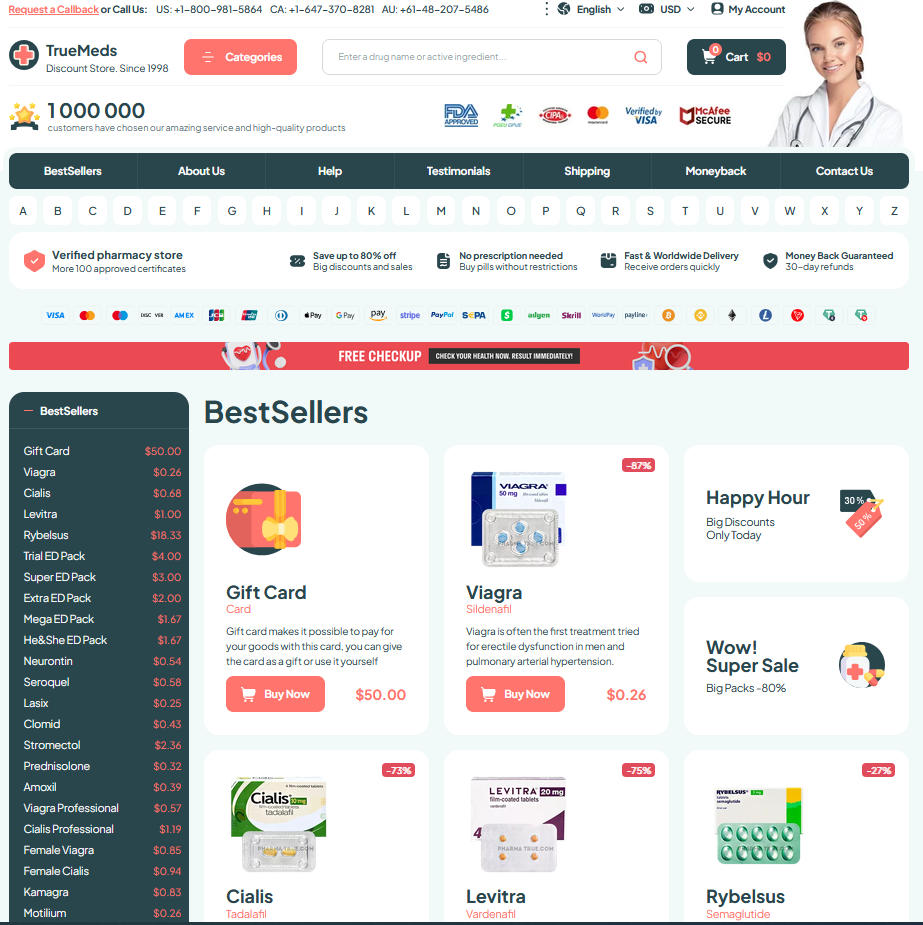 Doryx for Acne: Does It Really Help?
Doryx for Acne: Does It Really Help?
How This Antibiotic Actually Tackles Inflamed Skin Lesions
I remember the first time a patient described acne as a stubborn red battlefront; Doryx steps in like a coordinated relief force, reducing bacterial load and calming the immune response. Its doxycycline base targets acne-causing bacteria while also blunting inflammatory signals that swell and redden lesions.
Beyond killing bacteria, Doryx inhibits enzymes and cytokines that drive inflammation, which helps shrink painful nodules and pustules. It also lowers lipid-mediated irritation and limits collagen breakdown, so scarring risk can be reduced when used appropriately alongside topical care.
Clinically, this means fewer flare-ups and quicker lesion resolution for many patients, though results vary with severity and adherence. Understanding the dual antimicrobial and anti-inflammatory actions helps set realistic expectations and improves collaboration between clinician and patient. Regular follow-up allows dose adjustments and combination therapy to maximize benefits while minimizing resistance and monitoring side effects.
Clinical Studies: What Research Really Reveals Today

Recent trials place doryx in a practical light: randomized studies show meaningful reductions in inflammatory lesion counts versus placebo, but effect size varies with acne severity and study duration.
Longer trials and meta-analyses hint at sustained benefit over 12 weeks, yet few studies extend beyond six months, leaving questions about relapse and long-term resistance patterns.
Researchers emphasize combining oral tetracyclines with topical agents; studies comparing doryx to other tetracyclines often find similar outcomes, suggesting choice can depend on tolerability and dosing convenience.
Safety data report common GI upset and photosensitivity; rare serious effects are reported. Clinicians weigh benefits against resistance risk and recommend short, targeted courses guided by evidence and individualized patient monitoring plans routinely.
Expected Timeline: When Improvements Typically Start Appearing
When you begin treatment, many patients notice reduced redness and tenderness within a few days as the antibiotic lowers bacterial activity. Early improvements are subtle but encouraging. These small wins often encourage adherence and improve long-term outcomes overall measurably.
By two to six weeks, visible declines in inflamed bumps and pustules often occur, though new lesions can still appear as deeper nodules resolve. Consistent use matters.
Around eight to twelve weeks, a clearer complexion is typical for responders; doryx’s anti-inflammatory effects become more apparent and lesion count usually falls substantially.
If progress stalls after three months, reassess with your clinician — alternatives or adjuncts like topical retinoids or hormonal therapy may be added. Avoid stopping abruptly.
Possible Side Effects and Long Term Safety Concerns

Starting doryx can feel hopeful, but many users notice mild side effects early on — stomach upset, nausea or loose stools — and increased sun sensitivity that raises the risk of burns. Staying hydrated and using daily sunscreen helps too.
Less common but important reactions include yeast infections, esophageal irritation if the pill isn’t taken upright with water, and occasional dizziness. Serious events such as intracranial hypertension or severe allergic reactions are rare but require immediate medical attention.
Long-term antibiotic use may alter the gut microbiome and promote bacterial resistance, so clinicians often limit duration and monitor response. Avoid use in pregnancy and young children; discuss risks with your clinician to balance acne control against safety concerns.
Combining with Skincare: Tips to Boost Treatment Success
I began treatment with doryx hopeful but cautious, treating each morning like a small experiment. Combining medication with gentle cleansing and non-comedogenic moisturizers felt logical; I treated irritated spots with care, avoiding harsh scrubs that provoke inflammation.
Practical steps include using sunscreen daily, layering lightweight hydrating serums, and waiting several minutes after topical products before applying makeup. If you use retinoids, introduce them slowly and consult your prescriber to prevent overlap that increases irritation.
Track progress with photos and brief notes so small wins become visible; most people notice calming within weeks, but persistent care and communication with your clinician ensure treatment succeeds safely. Adjustments like topical benzoyl peroxide or hormone evaluation may be recommended.
Alternatives and Next Steps If Treatment Falls Short
If Doryx isn’t delivering clear skin, start by rechecking adherence, dose and treatment length — low use or premature stopping is common. Discuss adding or switching to topical retinoids, benzoyl peroxide, or spironolactone for hormonally driven acne in women. A bacterial culture or dermatology referral can clarify resistant infections. Consider topical azelaic acid or light-based treatments when appropriate.
For persistent moderate-to-severe acne, options include switching antibiotic classes, using combined oral contraceptives, or moving to oral isotretinoin under specialist care; isotretinoin remains the most effective long-term solution but requires monitoring. Always minimize antibiotic duration, use combination therapy to reduce resistance, and plan follow-ups to reassess response and side effects. Discuss pregnancy plans and drug safety before switching.
Doryx Prescribing Information (FDA) American Academy of Dermatology Acne Guidelines (J Am Acad Dermatol)
(832) 428-5608
Houston, TX 4101 Greenbriar Dr. Ste. 205K
info@enhancingmassage.com
(832) 428-5608
Houston, TX 4101 Greenbriar Dr. Ste. 205K
info@enhancingmassage.com
(832) 428-5608
Houston, TX 4101 Greenbriar Dr. Ste. 205K
info@enhancingmassage.com